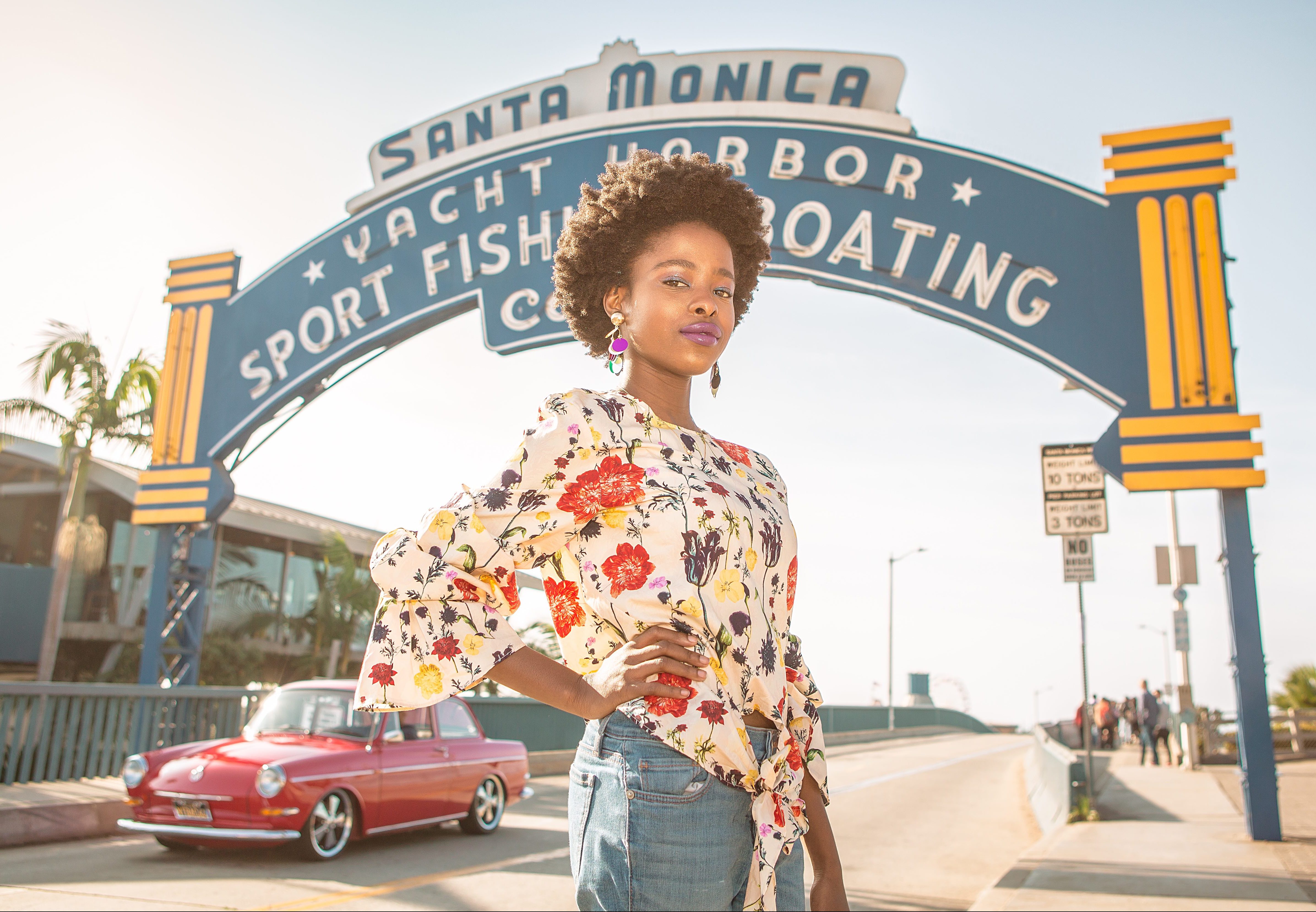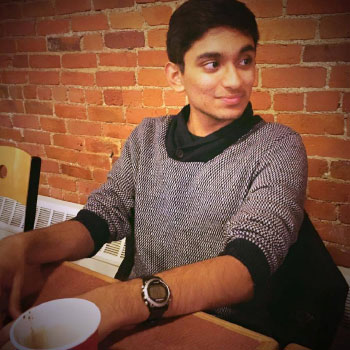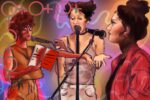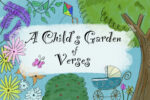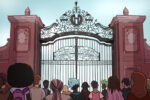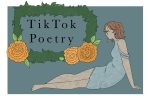Amanda Gorman is a woman of many passions. She studies sociological phenomena at Harvard University, has expressed her desire to run for president of the United States one day and, perhaps most importantly, pens collections of winning poems. Her work, it seems, has paid off: as of 2017, Gorman was named the nation’s first youth poet laureate.
The Harvard sophomore wants to use her new role to espouse a worldview contingent on hope and progress, as well as to spotlight the multitude of people, identities and voices within the United States. Gorman spoke with Study Breaks to offer us her thoughts on everything from the merits of rhyme, to the unfair STEM/humanities dichotomy, to the possibility for a brighter tomorrow.
Shashank Rao: To begin on a grand note, what would you say makes something worthy for you to write about?
Amanda Gorman: For me, I ask myself: Why am I writing this? Who am I writing this for? Who do I stand with when I’m writing this?
A lot of the time, those answers are to specific questions that have something to do with the type of hope I have for the future. For example, I spend a lot of time writing about gender disparity, because I hope in the future that it will be less of an issue and that the world will have gotten to a place where there is equality of the sexes and genders.
But there are also things I find worthy of writing about that are quite mundane. I love writing about nature, and I love writing about “the moment.” So I suppose it has to be something that either speaks to me at a particular instance or that I feel has some type of political or personal weight.
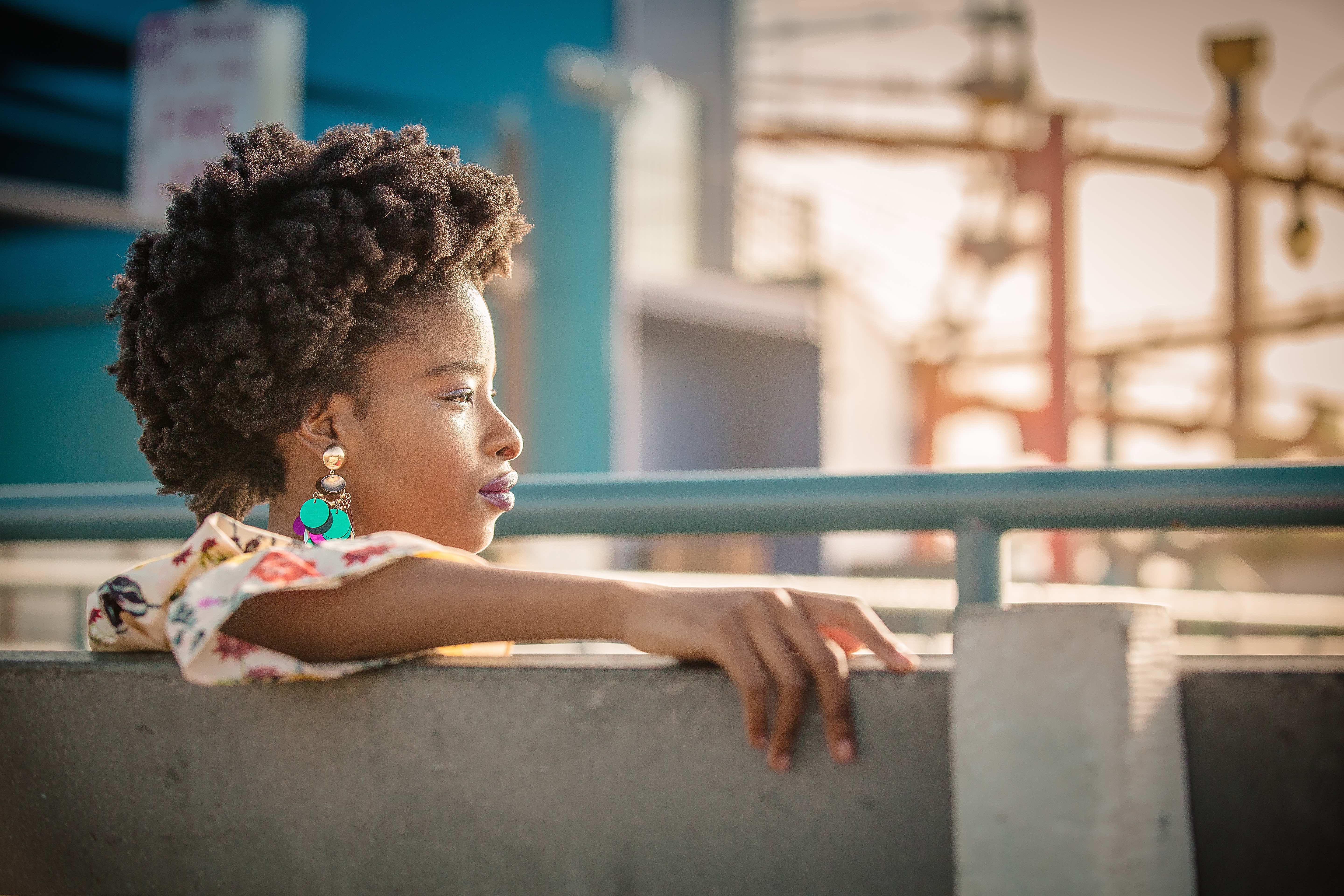
SR: Would you say you think about your audience a lot when you’re writing poetry, especially seeing as a lot of writers say that you should be writing for yourself first? How do you see that?
AG: When I first began writing, I was writing for myself. I was writing in my journal; no one was reading my writing; I wasn’t published anywhere.
I found it very liberating that I was writing for the voice in my own head, rather than for applause or recognition or acknowledgement. Now that I’m youth poet laureate, I’m always thinking about my audience and who could be listening and who could be watching.
That’s not necessarily a negative thing. I actually think of it as a great privilege that I now have this platform and microphone to be writing and producing writing that is listened to.
SR: You mentioned that you are, after all, the nation’s youth poet laureate. Do you feel like you have a responsibility in a new way now that you have this huge platform?
AG: Absolutely. Every single day I feel like I have a responsibility with this platform. But if I’m going to be honest, I always believed I had a responsibility, even before I was named youth poet laureate. I believe all of us in some way have a responsibility and a duty to try to affect change.
Though I can say, specifically, ever since I became the nation’s first ever youth poet laureate, there was this moment where I was thinking: This is a great opportunity to make that change I want to see.
SR: In the tradition of asking writers about their place of origin, could you tell me about growing up in Los Angeles? Do you think your poems have a “Los Angeles” voice?
AG: I’m not sure I would say so, because I don’t think there’s a singular “Los Angeles” voice. What I can say, though, is that I am deeply inspired by Angelinos and Californians who have come before me as writers.
For example, when I was thinking about who I wanted to be as youth poet laureate, I turned to the former U.S. poet laureate, Juan Felipe Herrera, who was poet laureate of California. I was also really inspired not just by the outstanding poetry, but the humanitarianism of Luis Rodriguez, who was the Los Angeles poet laureate.
Now I look up to Robin Coste Lewis, who is the current Los Angeles poet laureate. I’m really lucky and fortunate to have grown up in Los Angeles where I had all of these examples of poets of color who weren’t just phenomenal writers, but phenomenal human beings as well.
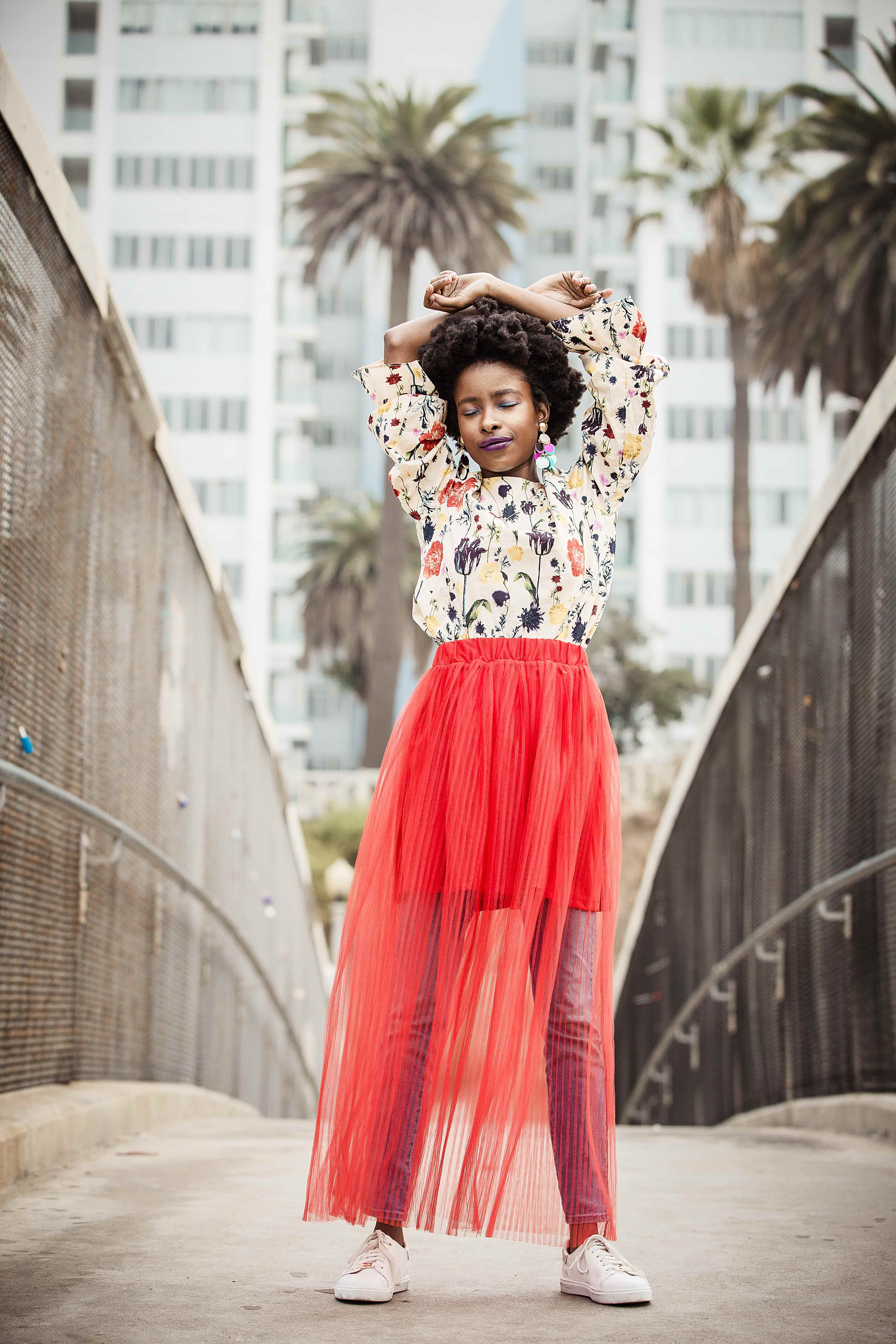
SR: Staying in that vein, who are your top five influences in terms of your poetry and your writing?
AG: I’d have to say Maya Angelou, number one. Two: Toni Morrison. Three: Yusef Komunyakaa. Four: Gwendolyn Brooks. Five: Sonia Sanchez. But …
SR: You can add a few more if you want to!
AG: I’d also add in J.K. Rowling there. Even though she’s not necessarily a poet, seeing a woman be such a prominent writer was really inspiring as a little girl and still is now.
SR: I definitely see the Maya Angelou influence showing through in your poem, “In This Place (An American Lyric).” What about her poetry do you find so compelling, so inspiring?
AG: One thing I find captivating about Maya Angelou as a person is the way her beliefs as a teacher intersected with her work as a poet, in that her job as a “writer” didn’t stop when she was reading at the inauguration of Bill Clinton or when she published an autobiography. Maya Angelou really saw her responsibility as that of being a teacher and a student.
She was a magician when it came to rhyme and lyricism, but she was also a goddess when it came to being this wise soul who transcends death. Even now, years after her death, people are still reciting her words and will be for years to come, because her poetry isn’t just good technically, it’s good in terms of its intentions.
SR: A lot of poets take on a very grim, pessimistic mantle of suffering when writing their poetry, yet you are much more hopeful, it seems. How do you see your poetry fitting into that binary of poetic hope and poetic pain?
AG: I think it’s unfortunate that in poetry that binary exists, but I also think that anger is a great place to draw from when it comes to social change. Audre Lorde wrote about this a lot, about the power of anger.
At the same time, it is unfair and discriminatory to expect me, as a black woman poet, to be angry and furious, as it overlooks my potential for harboring hope and affecting change. I do concede that I am often angry and frustrated by oppression and issues of power inequality, as I should be — we should all be disappointed in the shortcomings of the world.
Having said that, that doesn’t necessarily mean my poems should be limited to those types of emotions. I can make my anger constructive and through my belief in people. I am not someone who believes they are hopeless and powerless.
SR: You’ve talked about wanting to run for president in the future, so you’re obviously very interested in politics. There’s always a lot of talk about what art takes from politics, but I’d like to know what you think politics can learn from art.
AG: What I think is interesting is that in Washington D.C., the Library of Congress stands between the Capitol Building and the United States Supreme Court. What that symbolizes to me is the specific role of literature between policy and justice.
I think that art and creativity serve as a vital bridge for democracy. Look at all the strongest and most stable democracies in the world: creativity is usually at the forefront. I think of Athens and the theater, poetry and spoken word and their role in discussions of democracy and politics here.
Of course, politics will always speak to poetry, art, theater and dance, but it is also very true that art can influence politics. It can be just as powerful, if not at certain times, more powerful, than certain political moments. I’m a huge fan of “Hamilton: The Musical” because it proves that an art piece, a composition, can interject itself into the theater space as well as the realm of political parlance and influence the way people think about immigration reform, gender equality, etc.
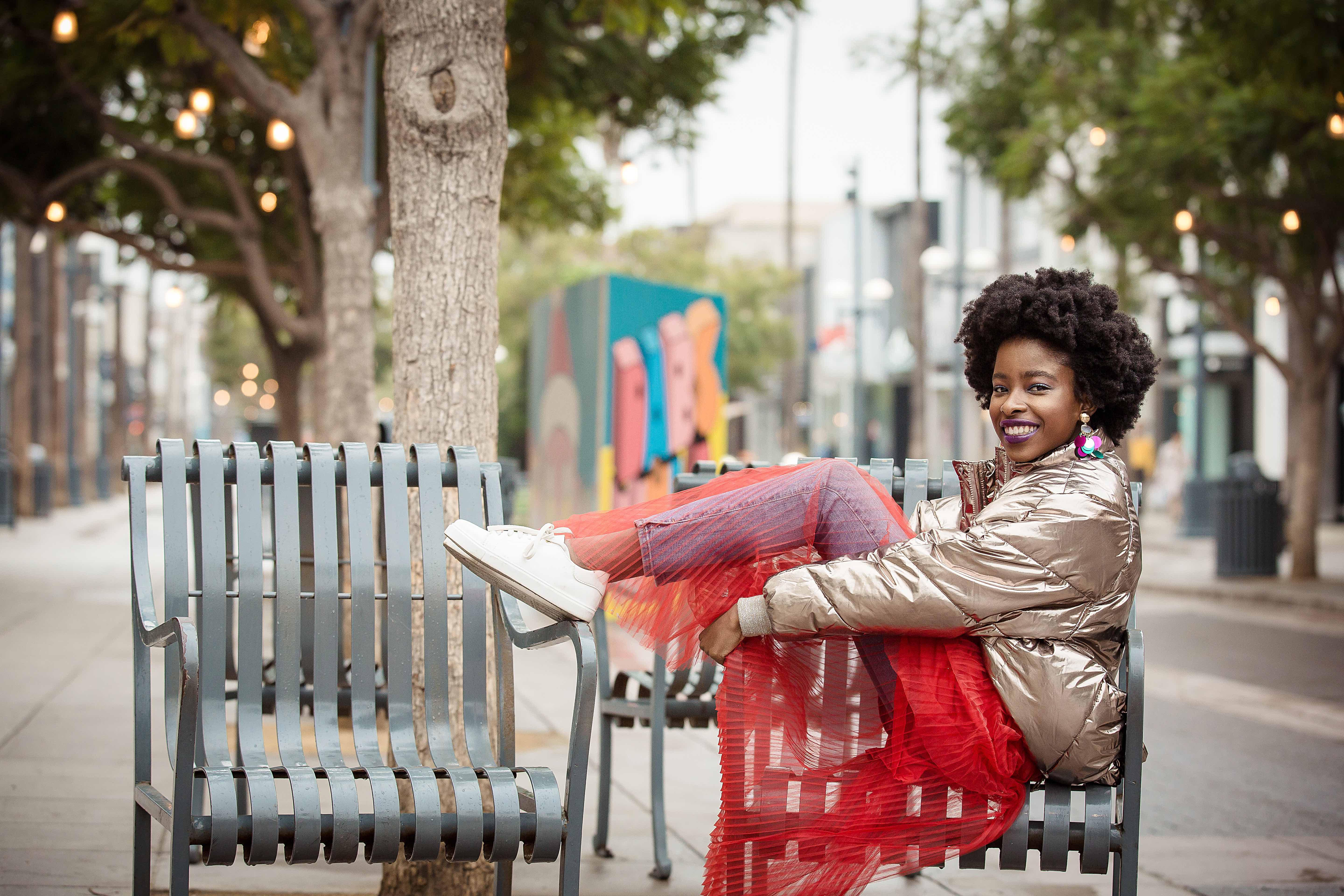
SR: I’d like to turn back to “In this Place” for a moment. Among many intriguing components of the poem, I found myself fascinated by the rhyme patterns. You don’t see a lot of poems rhyming these days, so what do you see as the value of rhyme? Why rhyme?
AG: As much as poets don’t rhyme — and I even I don’t rhyme all the time — there is still value in having sounds in your poetry that sound similar. It helps the reader remember.
Everyone has a song or jingle stuck in the back of their head, and more often than not, they rhyme. So, if I really want to get a message out there, I use rhyme to imprint it on the reader.
What I wanted to highlight in “In this Place” was the historical fact that tyrants fear the poet. So I go on a long rhyme with the sound “-oet.” If I want to communicate the idea that every American is a poet, then I’m going to rhyme the heck out of that poem, back and forth.
SR: I’ve never thought about rhyme that way. In poetry class, we always talk about rhyme in terms of form and how it maintains the integrity of the meter, but I’ve never thought about rhyme being a form of teaching, in a sense.
AG: I like that word you used: teaching.
SR: Moving on a little, but still on a related note, you have an organization called One Pen, One Page. Could you tell me a little more about it?
AG: I started One Pen One Page, when I was 16 through a grant I received through a program called HerLead. I wanted to fight illiteracy by giving underserved youth access to creative writing programs.
One Pen One Page accomplishes this goal in a variety of ways. One way is through an online website that publishes the stories of young people from around the world.
Another way is through our in-person workshops, where we go into schools and teach workshops about poetry and social justice. We also give out reading rewards and supplies to schools so that they can host their own creative-writing workshops and can reward students who have been working on their reading and writing skills.
To me, what’s so important about the work One Pen One Page does is that it plants two trees with one seed: You can fight the rampant illiteracy in certain areas of the United States, while also inspiring the next generation of community leaders. It’s that intersection that drives me to continue that work.
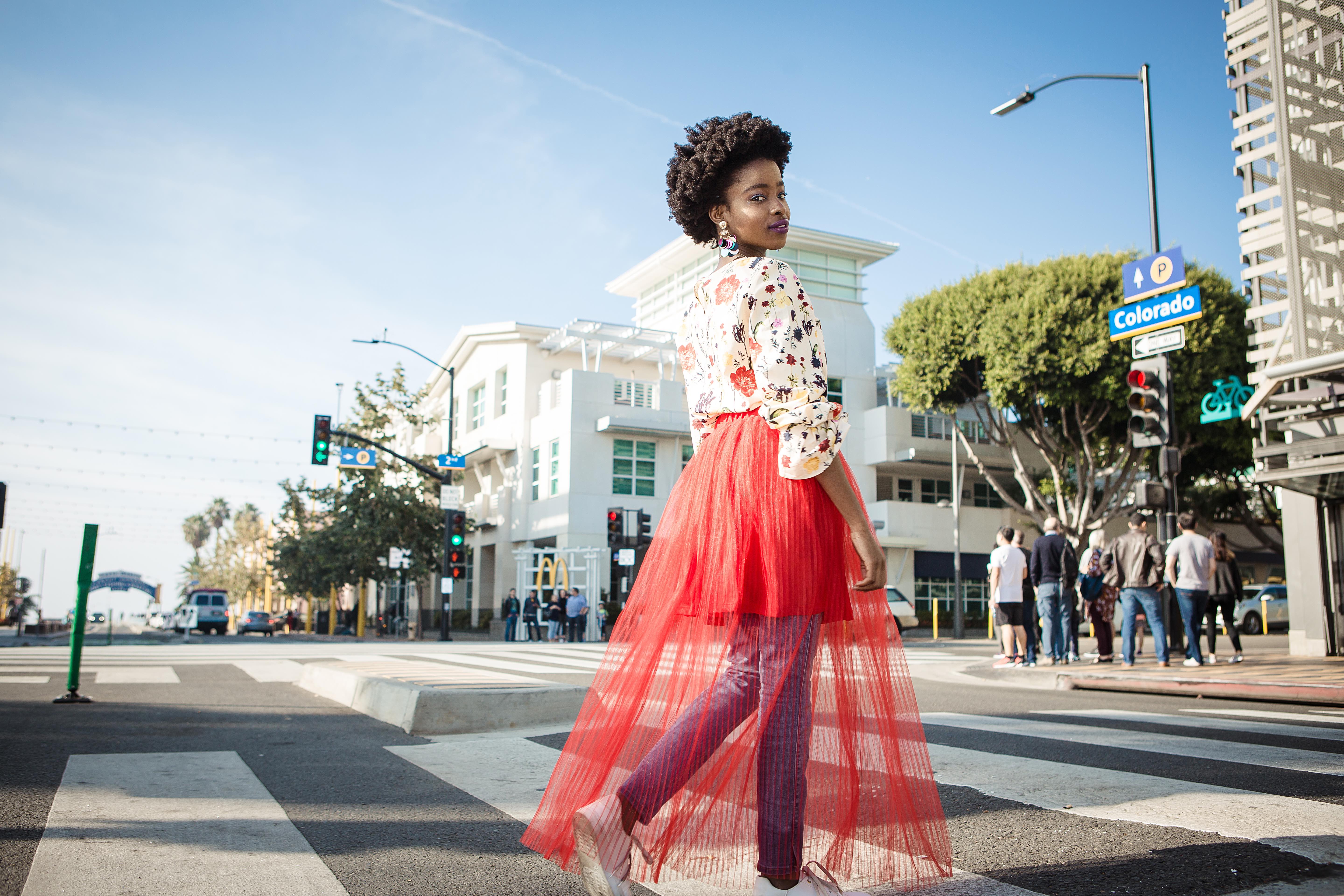
SR: When we talk about afterschool programs and resources, a lot of those discussions are based around STEM. What’s the value of doing something more creative? What do you think students can get out of, say, creative writing, that they can’t get out of a computer-programming class?
AG: I think it’s unfortunate that often, in the discourse about afterschool programs and the educational system at large, the arts get left out. I believe STEM education is beyond important, because of course it’s going to play such a significant role in the way the world is going, but I know we will have better engineers, scientists and technicians if they have exposure to the arts growing up.
A lot of the world’s geniuses talk about this — whether it’s Steve Jobs or Lin Manuel Miranda — about how exposure to some form of the arts helped them develop their “it” ideas, that big idea that lit up the world. It’s important that we realize how important interdisciplinary fields can be.
Look at Pixar Animation. I think animation films are incredible because they have physicists and engineers and computer graphic designers and artists and storytellers and singers working together to make a film. They’re rooted in STEM, because you really need STEM to make a film as real as “Moana” or “Coco,” but you also need storytellers and writers.
The two need to work collaboratively. I think we’ll see a lot more powerful innovation in the world if, from the get-go, the educational system joins art with STEM, rather than separating them from each other.
SR: I’d like to end on a big question: What does being youth poet laureate mean to you in this day and age?
AG: I feel a lot of pressure, but I also feel a lot of gratitude and excitement to be youth poet laureate. On one hand, you have this president who’s trying to get rid of the National Endowment for the Arts and the Humanities, which is terrible beyond belief, but at the same time, we have this movement of millions of people who have gathered to create events like the Women’s March or who are using poetry in a way we saw in the 1960s and ’70s.
It’s really exciting work to be a part of because I really believe that what is being created today is going to be talked about in the history books my grandchildren will read someday. So whenever I do a reading or a workshop as youth poet laureate, I tell myself that we are living history. Sometimes we forget, because we don’t know what’s history until we look back. I want to make sure that, in this role and in this position, I am a person I can be proud of and that my country can be proud of when this moment becomes history.


